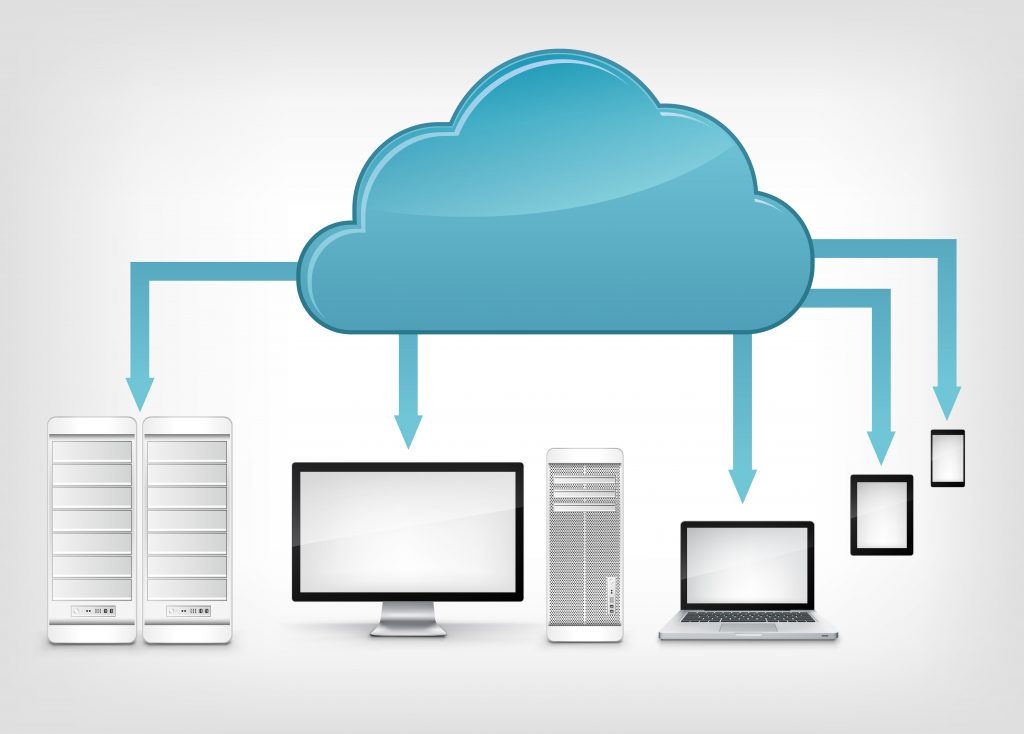Back Up Every Endpoint with Cloud-Based Data Protection
You don’t know what you’ve got until it’s gone , which is why you must back up every endpoint. Fortunately, the right cloud-based data protection can cover all the bases.

Five years ago, endpoint backup was only just emerging as a data protection concern as many organizations had no formal strategy for users to perform backups on their laptops, tablets and smartphones. They were still wrapping their heads around the Bring-Your-Own-Device (BYOD) phenomenon. Today it’s understood you must back up every endpoint because business data is distributed across devices and remote locations because your VP of sales had an important presentation of his laptop that was lost at a conference.
Endpoint backup is made easier by cloud-based data protection, which can address today’s reality that employees are more mobile, and their devices have increased in storage capacity. Smartphones, tablets and laptops are guaranteed to store mission-critical and sensitive business data, further cementing the need to back up every endpoint.
Connecting to cloud-based data protection
Although mobile connectivity seems ubiquitous today, not all endpoints are always on a network, and even if they’re connected, they may not be on your network. If you’re going to effectively back up every endpoint, you need to understand what you have and how best to accommodate each type of device.
Some endpoints may be a remote server at a satellite office on your WAN, so it’s easily to schedule cloud-based data protection at regular intervals based on the value of the data and how frequently it changes. But other devices are not as consistently connected. Laptop connectivity can vary wildly depending on the employee—some might only take their computer home occasionally, while road warriors are bouncing from place to place and network to network.
Similarly, some executives live on their smartphones, seeing it as their entire office in the palm of their hand, while other employees may simply want to check their email when they’re away of from the office.
It’s important you understand what types of devices are out in the field, how they store data and how well they’re connected. Even with the advent of 5G and Wi-Fi everywhere, smartphones, tablets and laptops may have connectivity and bandwidth issues that affect your ability to back up every endpoint.
Keep security in mind
It goes without saying that backing up to cloud-based data protection must be done securely, but endpoint devices have their own set of challenges.
Any cloud-based data protection you employ to back up every endpoint must secure the information when it’s in transit and at rest—data encryption is a must, so verify that any cloud-based data protection provider offers it end-to-end, starting at the device level, during data transmission and when it’s being stored on the server. However, you should hold onto your data encryption keys in your own data center rather than let your cloud provider store them with your data to avoid them being released to a third party for any reason.
Back up every endpoint with ease
Most of all, you should make it easy to back up every endpoint so that your cloud-based data protection doesn’t get in the way of employee productivity.
By understanding all the devices that store mission-critical business data and how they can connect, you can automate backups so that you can reduce the workload of your IT staff and improve productivity. At the same time, automation reduces human error so that you have complete confidence that every important file from every endpoint is backed up.







